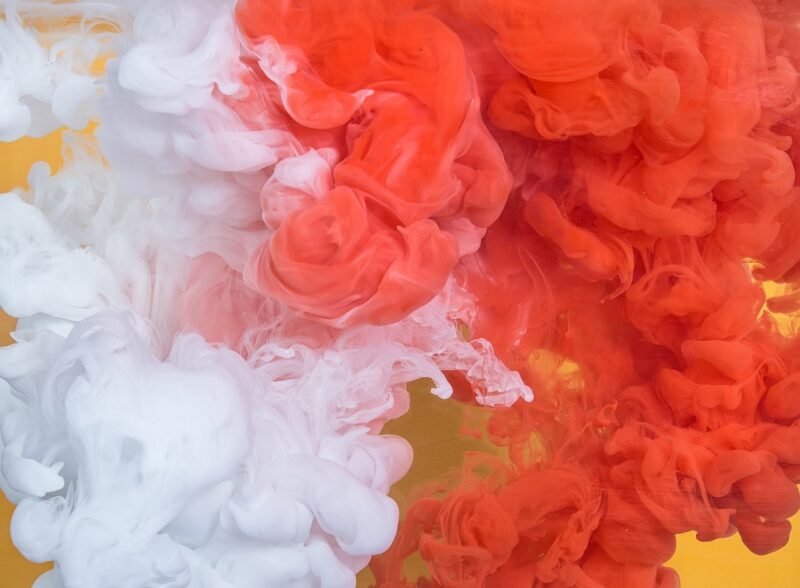Why Certain Colors Were Once So Rare and Valuable That They Were Worth More Than Gold
November 17, 2024

Color has always held a significant place in human culture, influencing art, fashion, politics, and language. Historically, the rarity and value of certain colors often reflected their source of production, the difficulty of extraction, and the economic and social contexts in which they were used. In this article, we explore several colors that were once so rare and valuable that they commanded prices higher than gold itself, and we delve into the fascinating stories behind these hues.
1. The Allure of the Color Purple
Purple is perhaps the most famous example of a color that was once seen as incredibly rare and valuable. In ancient times, the dye used to create this rich hue was sourced from the secretions of the murex snail, found in the Mediterranean Sea. The process of obtaining dye from these snails was labor-intensive: it took approximately 250,000 snails to produce just one ounce of purple dye.
The resulting color was not just any shade of purple; it was intensely vivid and could only be afforded by royalty and the very wealthy. In fact, Roman emperors wore togas dyed with Tyrian purple, which symbolized their power and status. The phrase “born to the purple” is derived from this practice and indicates someone of noble birth.
As a result, purple became associated with power, luxury, and nobility. Its rarity and associated esteem made it worth more than gold at various points in history, leading to it being nicknamed the “royal color.”
2. The Enigmatic Blue: Indigo
Indigo dye originates from the indigo plant, primarily found in tropical and subtropical regions. The process of extracting indigo dye is complex and time-consuming, often requiring skilled labor for cultivation and extraction. Historically, the production of indigo was a significant source of wealth in many colonial economies, particularly in regions like India and the Americas.
In the 18th century, indigo was so valuable that it was often referred to as “blue gold.” Demand soared, especially in Europe, where indigo was used to dye textiles and create stunning colors in fashion and upholstery. The intense hue became highly sought after, with prices reaching levels that rivaled those of gold, highlighting its status as a luxury item.
However, the rise of synthetic indigo in the late 19th century largely diminished its market value, transforming this precious dye into a mass-produced commodity.
3. The Carminic Acid of the Cochineal Bug
Carmine, a red dye derived from the crushed bodies of cochineal insects, was prized for centuries across various cultures. Found primarily in Central and South America, cochineal were harvested from prickly pear cacti, and extracting the dye was a meticulous process. It took approximately 70,000 insects to produce just one pound of carmine.
Once obtained, carmine was incredibly vibrant and long-lasting, leading to its utilization by artists, textile producers, and in cosmetics. The Spaniards, who controlled the supply of carmine during the height of the Spanish Empire, exported it across Europe, where it became highly prized.
At one point, carmine was valued more than gold, becoming a critical part of trade and commerce due to its impact on the fashion and art industries. The vibrant red dye’s popularity eventually led to upon the development of synthetic alternatives, though carmine still holds its ground in high-end cosmetics and textiles today.
4. The Golden Value of Saffron Yellow
Saffron, derived from the flower of Crocus sativus, offers a stunning golden-yellow hue alongside its culinary value. The labor-intensive process of hand-harvesting saffron threads—each flower only yields three strands of the spice—makes it one of the most expensive substances per weight in the world.
The history of saffron dates back over 3,500 years, and it has been used not only as a food spice but also for its coloring properties in textiles and cosmetics. At times, saffron prices have surpassed those of gold, emphasizing its rarity as both a dye and an ingredient.
Beyond its monetary value, saffron also symbolizes luxury and high status in various cultures, often reserved for the upper class or royal families.
5. The Unbelievable Luxury of Gold Leaf
Though gold is a color in itself, it represents wealth and opulence in an entirely unique manner. Gold leaf, thin sheets of gold applied to art pieces, architecture, and the human body, has been used for centuries to underscore status and sophistication. The intricacy of gold-leaf application requires skilled artisans and can elevate an artwork’s value tremendously.
In terms of color symbolism, gold is often linked with divine power, luxury, and nobility across multiple cultures. Gold leaf decorates some of the world’s most invaluable artifacts, such as religious relics, crowns, and palaces. While it may not be a dye itself, its application in art and culture cements its status as an unparalleled marker of value.
Conclusion
The historical significance of color is deeply connected to culture, economy, and society. As we explore the stories behind colors like purple, indigo, carmine, saffron, and gold, we uncover a tapestry woven with artistry, power, and trade. These colors were more than mere aesthetic choices; they embodied social status and cultural identity, often carrying prices that far exceeded those of precious metals like gold. Today, while technology has democratized access to color and dyes, the history behind these once-rare colors continues to influence modern perspectives on art, fashion, and culture, reminding us of the intrinsic value that color holds in our lives.








